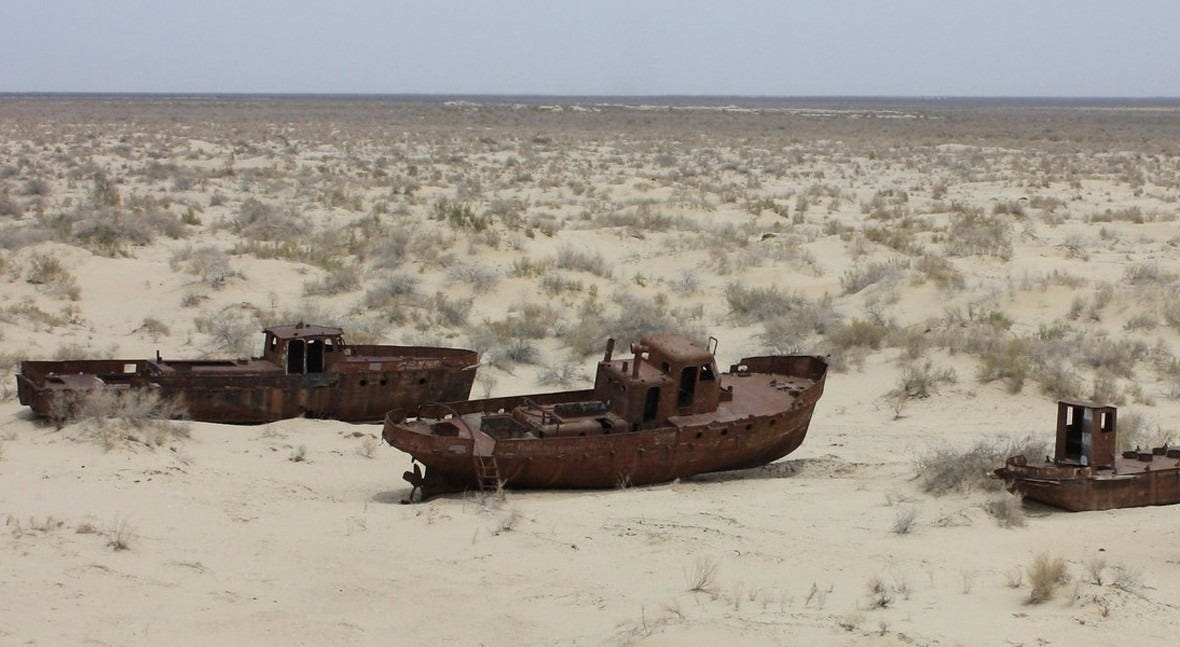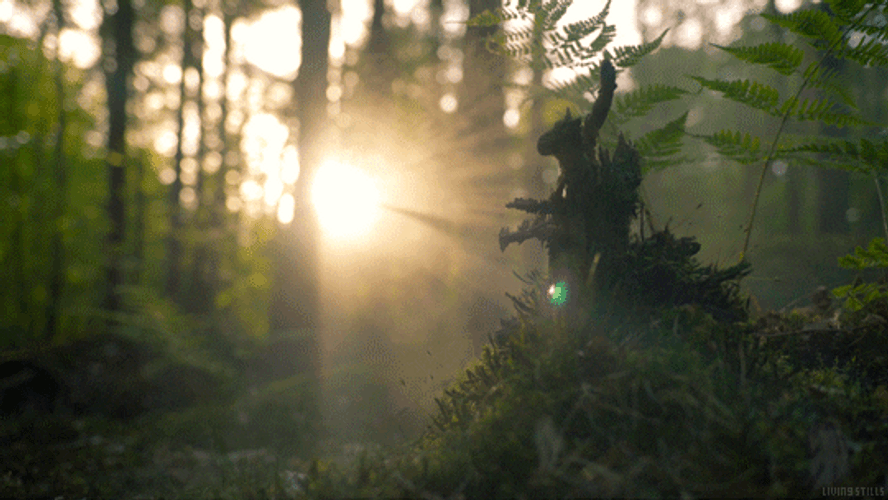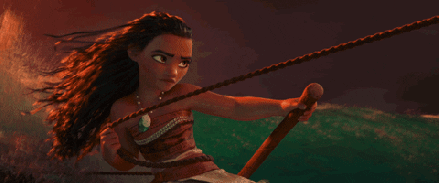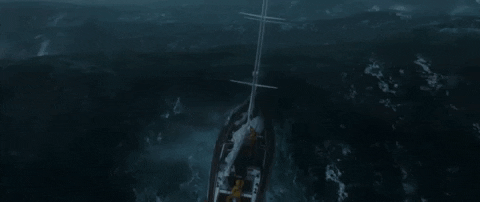Into the Psychozoic
Out of the Anthropocene
This article is part of a larger series, a handful of essays that flesh out a single idea-complex. I’m trying to make each essay stand on its own, but it’s best to read them all to get a fuller mosaic:
- The One Essential Quality
- Deep Aliveness in the Rain-Soaked Pines
- Into the Psychozoic
This is the story of the psychosphere, an incantation for the planet’s evolutionary unfolding – and it begins with Soviet cotton exports.
The Aral Sea was the third largest lake in the world, smaller only than the Caspian Sea and Lake Superior. Its trading and fishing settlements stood as waypoints on the silk road for centuries. In the 1920s, a Russian climatologist named Aleksandr Voeikov called the lake a “useless evaporator” and a “mistake of nature.” His words were used by Soviet bureaucrats to justify diverting the two rivers that fed into the lake – the Amu Darya and Syr Darya — to irrigate cotton fields, to sell more in foreign markets.
Nowadays, the Aral Sea is gone — replaced by the Aralkum Desert.
The water dried up, and the economy along with it. They tried to get an industrial economy rolling along, but all they managed was to spread pollution. The loss of the uselessly evaporating lake changed wind patterns coming down from Siberia, and the desert sand mixed in with the industrial pollutants, driving them thousands of miles across Asia and picking up more industrial waste along the way. When I was living in Korea, we’d wear masks outside during dust season. Aralkum pollution has been measured in the blood of Antarctic penguins.
This is, as I see it, the core characteristic of the Anthropocene: the human psyche has become one of the most powerful forces we know of, but we’re still terribly clumsy novices with it. We can start out with a desire to sell more cotton, and before you know it, an ecosystem has vanished and we’ve got skyrocketing rates of esophageal cancer.
The same pattern plays out everywhere, on a variety of scales.
Architects design an apartment building for efficiency instead of livability, and a couple dozen people develop vitamin D deficiency from the lack of sunlight.
A handful of folks in finance get greedy, get short-sighted, get paid and paid and paid, and the world economy tanks, leaving crowds of people homeless, ruined, and/or generally stressed out.
A man drives through the city revving his engine and honking his horn, and he leaves behind him a spreading wake of startled and overstimulated nervous systems.
Think of just about any natural environment, no matter how barren or lush, how dangerous or comfortable — odds are good that humans have at some point found a way to flourish there. Ancestors have passed down long traditions of knowledge and skill for surviving in forests, in deserts, in tundra; on islands, on mountains, on the sea itself; traditions for hunting, fishing, sailing, trapping, crafting, and evading predators.
It’s one of the things we’re best at, adapting to new environments and passing down those adaptations, often in clever ways.
Lynne Kelly told a story about learning songs from First Nations Australians, and then finding out that the movements and sounds of those songs were encodings of the sounds different plants made when they rustled in the wind:
[My guide] described the way her people were able to identify trees and bushes and grasses by the sound in a breeze. I found this hard to believe, but was assured that if I gave it a try I would discover that it is possible. That afternoon I sat in the bush and listened. What I would have described as silence, on a day with very little wind, was anything but. I became aware of the bird sounds fairly quickly, but before long I became aware of the sounds of the plants. The eucalypt to my left, the acacias in front, and the grasses to the right all made distinctly different sounds. I could not accurately convey these sounds in writing.
Local and indigenous cultures are full of such clever ways of passing down not just book learning, but embodied knowledge and skillful competence. Tyson Yunkaporta has many such anecdotes in his book Sand Talk:
[The Elder] says things like, ‘It is going to rain in twelve minutes,’ and the kids time it on their phones and laugh in amazement when his prediction comes true. He predicts events like an annual emergence of flying ants from the ground, then follows seasonal signals, winding through the bush with us to stop under a tree, then snaps his fingers — Now! — as the ants explode out of the ground in that instant.
…I ask him to explain the patterns of his thinking in making predictions, and whether the kids could apply those patterns to contexts beyond the bush. So he shows them his process of pattern thinking and even shares how he uses it to follow stock markets and economic trends. His process is all about seeing the overall shape of the connections between things. Look beyond the things and focus on the connections between them.
Becoming aware of, engaging with, and modifying, a threatening, dynamic environment is no easy task, but it’s one humans have mastered over and over again. This type of competence is called metis in ancient Greek. I’ve written about it before as the “one essential quality” to pull off the miracles that make a flourishing life and culture possible.
On the one hand, metis requires open awareness, awake to the endless possibilities and presences all around us – and on the other hand, a focused, direct competence, attentive to what the situation calls for right now. Just one of those qualities won’t cut it; open awareness along won’t work, and focus alone won’t work. Alternating between the qualities won’t cut it. They have to be robustly intertwined; they have to be one fabric, married at the very core.
For any number of reasons we won’t get into here, our world has mostly given up on metis. It prefers to use repeatable, standardized strategies with predictable outcomes. (“Predictable” as long as we severely narrow our view of what counts as an outcome, and ignore externalities.) We found that discarding open awareness and focusing only on narrow, manipulative competence allows us to do things we couldn’t do before. But precisely because our attention is so narrow, we lost sight of why many of those things aren’t possible when we take a wider view; when we take a wiser view.
This narrowed view looks at ways to boost cotton exports, and ends up drying out one of the largest lakes in the world. It tries to boost agriculture on the American plains, and ends up covering entire towns in dust. It tries to reduce fevers in Indian livestock, and ends up killing 99% of the vulture population, causing a cascade of public health crises as carrion piles up. It looks at ways to increase economic growth forever, and ends up — actually, I’m sure that one will end up fine, forget I said anything.
This is the world of the Anthropocene. We take a narrow, limited view and apply standardized strategies for predictable outcomes — in other words, we lean as hard as possible into our need to control every possible factor — and in doing so, we lose control and cause unpredictable outcomes.
Every moment, it’s possible for us to step out of that world, and into a new one: the Psychozoic.
It’s not a huge surprise that we’re still unskilled at managing the world we live in.
It was only in 1883 that Thomas Crowder Chamberlin coined the term Psychozoic, to refer to the time period when the human Psyche became the dominant shaping force on a geological scale. Chamberlin’s coinage lost out to Anthropocene, as a name for the age of human’s outsized effects on the planet – but I want to bring back Psychozoic for a new usage.
It hasn’t been that long that our actions have had such far-reaching consequences. It used to be that if you wanted to drive an ecosystem into extinction, you’d have to put in years, maybe decades of cunningly directed intensive labor with a large group of people, and even then who knows how it would turn out. Now, we’ve done it out of apathy or ignorance more times than any of us can count.
It used to be, if you wanted to make hundreds of people smile, you’d have to craft an experience, a performance, a poem or speech, and then find a way to get it in front of a large audience. Now you can just tweet while you wait for the bus.
We didn’t evolve to deal with the fact that a thoughtless moment of convenience, multiplied by millions of people, can fill the sea with plastic. We didn’t evolve to deal with the fact that our anger, confusion, or even our disgust response can lead to a war that kills thousands of young men on the other side of the world. We don’t know how to deal with the fact that our minds, our moods, our habits and traumas can do everything from making a stranger feel loved to changing weather patterns in a way that ruins crops and starves millions of people.
We’ve made a world where all these things are possible — a world that fits Peter Goodyear’s description of the conditions that require metis: “less well-defined circumstances, where [we] are not matched evenly against well-behaved forces.” “Uncertain times, ambiguous spaces, and unequal competitions” where we “modify and engage with a threatening, dynamic environment.”
In the past, these descriptions referred to the forest, the ocean, the mountains; later on, to the chariot track, the sports arena, the music hall.
Now: it’s us.
We are the jungle; we are the sea.
We aren’t just in the arena; we are the arena.
Just like a musician has to both feel where the music wants to flow and have the skill to stay with that flow, we have to both feel how the Psyche wants to flow and develop the skills to embody that flow.
And every time we do that, there’s a feedback loop — the Psyche is acting on itself, which changes itself, which changes how it acts, which changes how it is, which changes how it acts, which changes how it is. We are all intimately woven into this process, as long as we’re alive there’s no way to abdicate from it.
Recognizing and acting from this fact is where the Psychozoic begins. Loosely speaking, I’d define the Psychozoic as the age that dawns in each of us when we lose the ability to stay blind to the fact that we have made and continue to make this world; when we can’t pretend anymore that we’re separate from this world, that we’re tossed helplessly on its currents, that we’re not a part of what’s happening here. The Psychozoic dawns when we start to take responsibility for developing metis with the psychosphere; when we dedicate ourselves to navigating and shaping the World-Psyche – all its layers, from the individual to the collectives to the planetary — for the simple reason that we are always already doing it, so it’s on us to do it well.
In the Anthropocene, our blinkered view made us clumsy, over-confident, and manipulative. The Psychozoic is an age that requires us to practice balanced metis, to be masterful, humble, co-creative; to be both the boat and the sea, the forest and the hunter, the musician and the music. To develop both the skill and sensitivity to stay in the pocket, sensing what needs to be done while exercising the skill to do it well. To “look beyond the things and focus on the connections between them.”
Right now, we’re at the stage where we’ve carved some shoddy canoes and keep capsizing on reefs; we keep losing our friends to wind and waves they didn’t see coming. We’re crashing through the jungle’s underbrush, alerting both predators and prey to our presence; we’re plucking berries and mushrooms with only a cursory knowledge of which ones will nourish us and which will kill us. We’re just out here, thrashing around, not understanding that everything around us is a living sign, capable of helping us if we only learned to speak and listen to them.
For now, the Psychozoic is more of an opportunity than a reality. But with metis and practice, we have what we need to change that.
-
-
-
-
-
-
-Coda: Becoming Psychozoic
If you’ve read all the pieces so far in this series, you’ll have some idea of what I think is needed to step deeper into the Psychozoic. I want to gather a few resources here, to have them in one place for myself as well any of you who are interested.
The biggest through-line in what we need can be phrased a lot of ways — a couple of them might be
Dynamic Harmony between Right & Left Hemispheres
The Marriage of Reason & Magic
Become Living Art
And of course: Psychozoic Metis
There are a lot of ways into this space, and the best one is the one that allows you to look at some of the descriptions of Metis & Deep Aliveness (in these three articles) and go “oh yeah, I know that space.” Not with intellectual recognition, but with casual experiential ease, like you’d recognize a description of your own home, or a drawing of a close friend.
Here are some practical resources:
And some further reading:






Think it's worth fleshing out Chamberlin's geological argument that was detailed in his essay on "The Psychozoic Era", which I've sampled from this PDF link: https://arboretum.wisc.edu/content/uploads/2015/04/32_ArbLeaflet.pdf
> What was new was Chamberlin’s argument that human domination of the earth had brought us into a new geological era—an era that deserved recognition not because humans were numerous or had invented grand opera and the stock exchange, but because they had significantly and demonstrably altered geological processes. [...] He understood that human influence would not diminish: “The entire land life is being revolutionized by man’s agency and to a very considerable extent, that of the waters. …That he will ultimately modify to a considerable degree marine life, scarcely admits of question.” As to the aptness of the specific term “Psychozoic”, Chamberlin notes “The fact that [his] influence springs from man’s intellectuality, more than from his animal force, renders the term Psychozoic a fitting one.”
What recommendations do you have for corporations, as opposed to individuals, who would like to "become psychozoic"? Is there a way for companies to escape the profit incentive and somehow create an environment conducive to Metis (especially a companies such as a real estate developers that are physically creating the world around us) ?